
Last Updated on May 14, 2020 by Surender Kumar
Soy sauce isn’t the only thing to appreciate about Chinese cuisine. While most Westerners know all about delicious Asian sauces, we’re woefully uneducated when it comes to other aspects of their traditional cooking.
Given the richness and the variety, you can expect when you step out of your Western-minded comfort zone, any foodie, chef, or an amateur cook worth their salt needs to give Chinese herbs and spices a go.
There are several major Chinese traditional cuisines – Anhui, Cantonese, Fujian, Hunan, Jiangsu, Shandong, Szechuan, and Zhejiang. All Chinese cooking relies on somewhat similar ingredients, but every traditional cuisine is different. We’re about to give you a peek into what they’re like.
If you’re eager for new culinary adventures and want to add more unique flavors to your dishes, here are the ten herbs and spices you might want to consider:
Table of Contents
1. Szechuan peppercorns

Spicy and delicious – Szechuan peppercorns are tasty addition to any meal because they can replace chili peppers. They can cause a slight numbing sensation on the tongue if you use them in excess, but if you get the measurements right, it will give you just the right kick.
The sensation is called ma, and some of the frequent dishes made with Szechuan peppercorns are Dan Dan Noodles and Ma Po Tofu.
2. Cinnamon
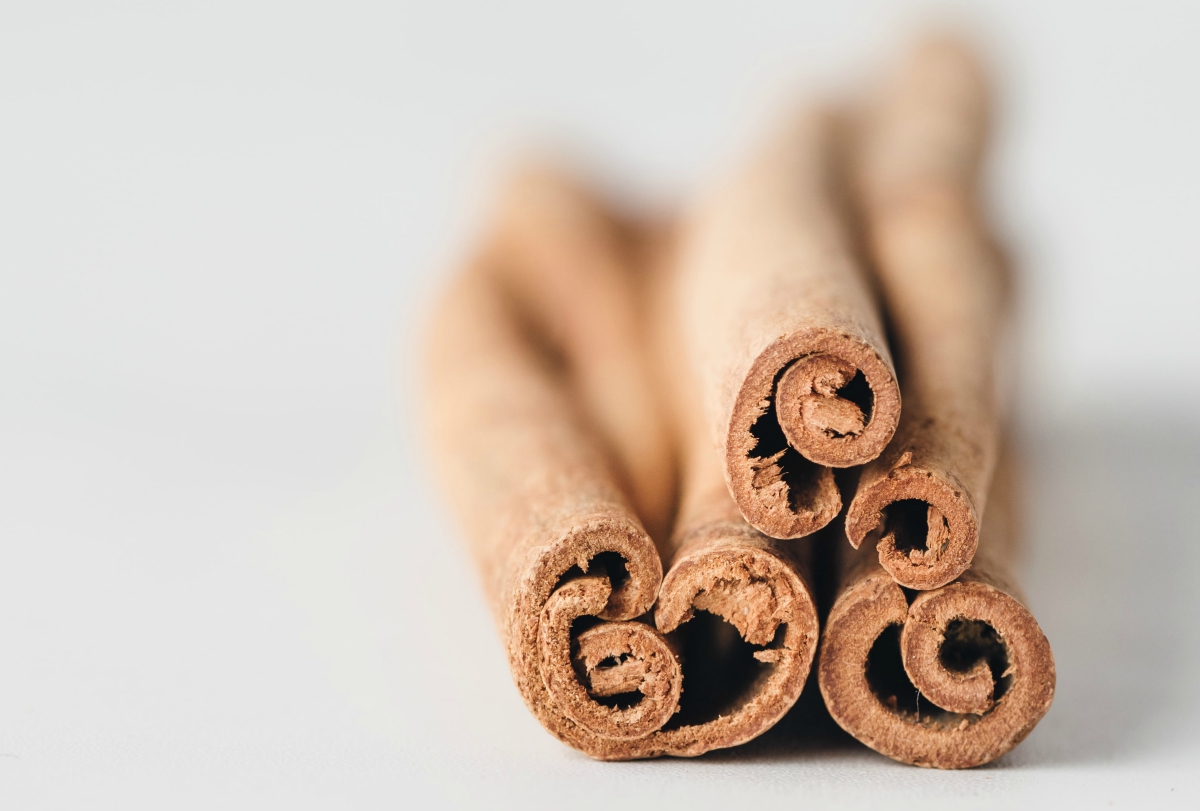
In Western culture, cinnamon is something we associate with sweet meals. However, in Chinese cuisine, cinnamon is more often added to savory dishes, particularly braised pork. Why not try adding a stick of cinnamon to pork braising the next time? You can take a look at this Lu Rou Fan recipe for inspiration. It’s part of the Szechuan cuisine and it’s one of the most popular dishes in China.
3. Fennel
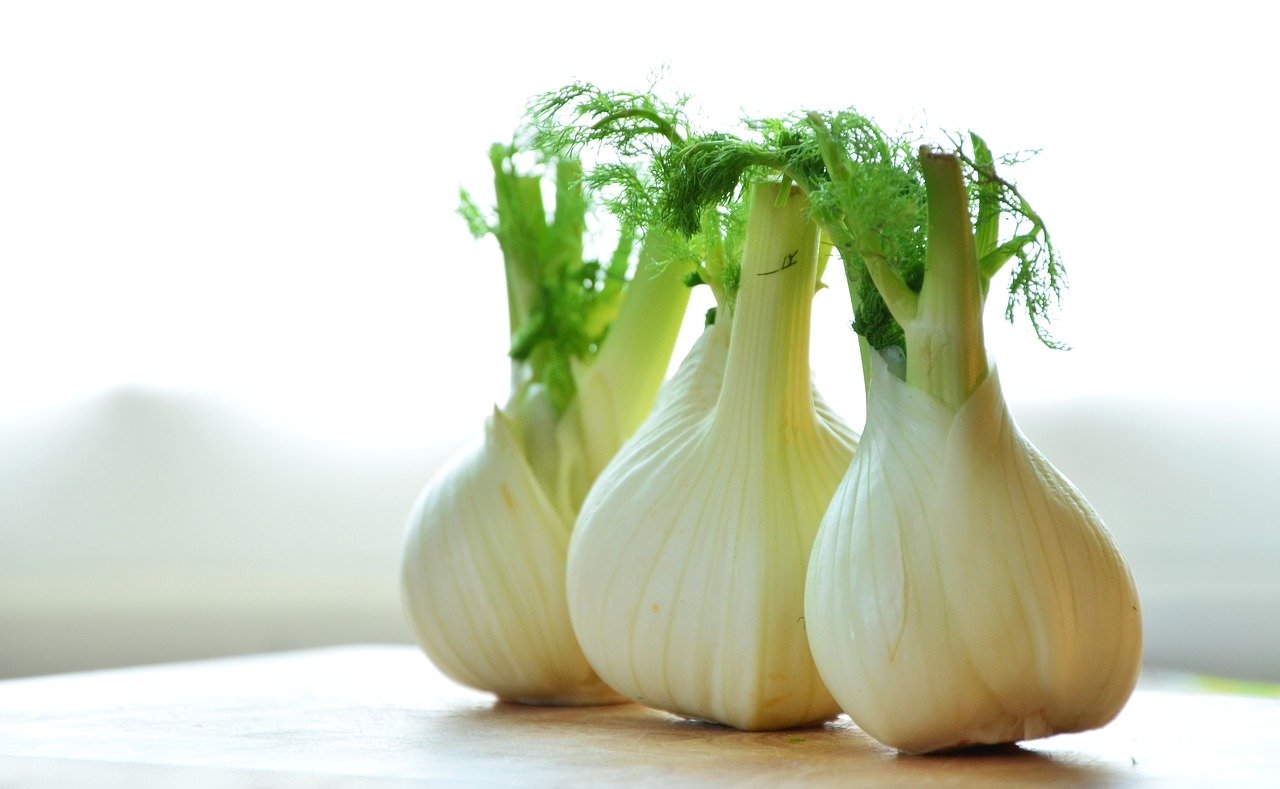
Adding fennel to a dish is a somewhat modern practice in China. Fennel seeds have become particularly popular, mostly because of their licorice-like flavor. They are often paired with meat dishes like the Lanzhou beef noodle soup, a dish that has roots all the way back in the Tang dynasty.
4. Garlic
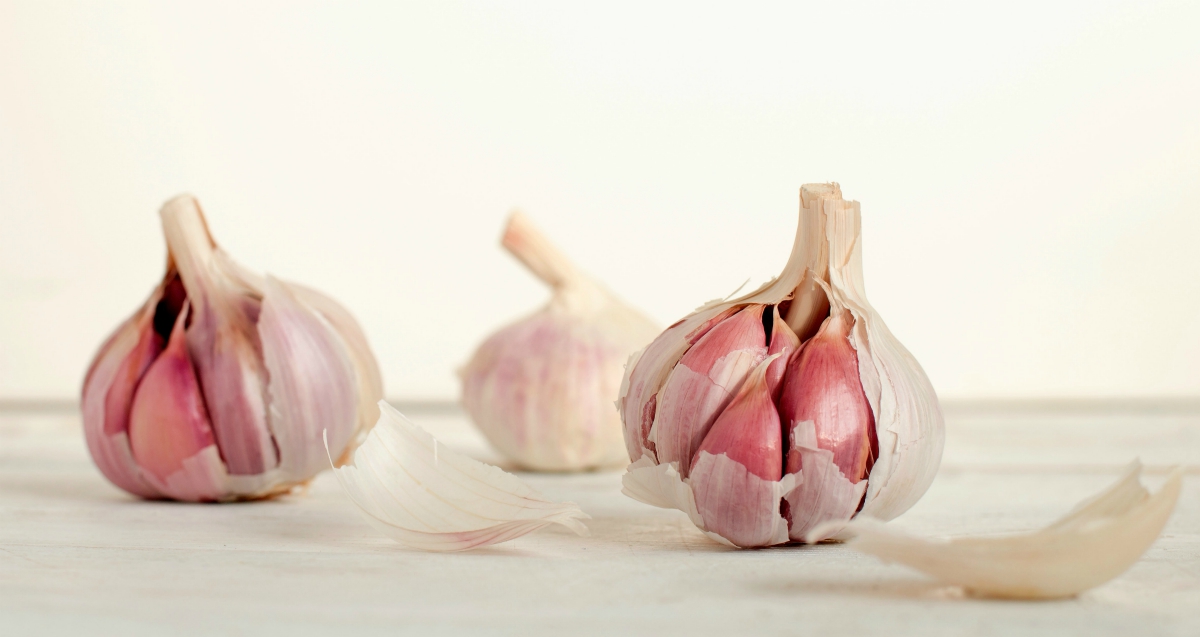
Garlic is a frequent guest in many Cantonese dishes and is considered to be a medicinal plant in Chinese tradition. Wonton Noodles are one of many different types of Chinese food which incorporate garlic, and it belongs to the Cantonese cuisine. The history of this dish dates all the way back to the Han dynasty, and it’s one of the most delicious dishes you can prepare for your friends or family.
5. Star anise
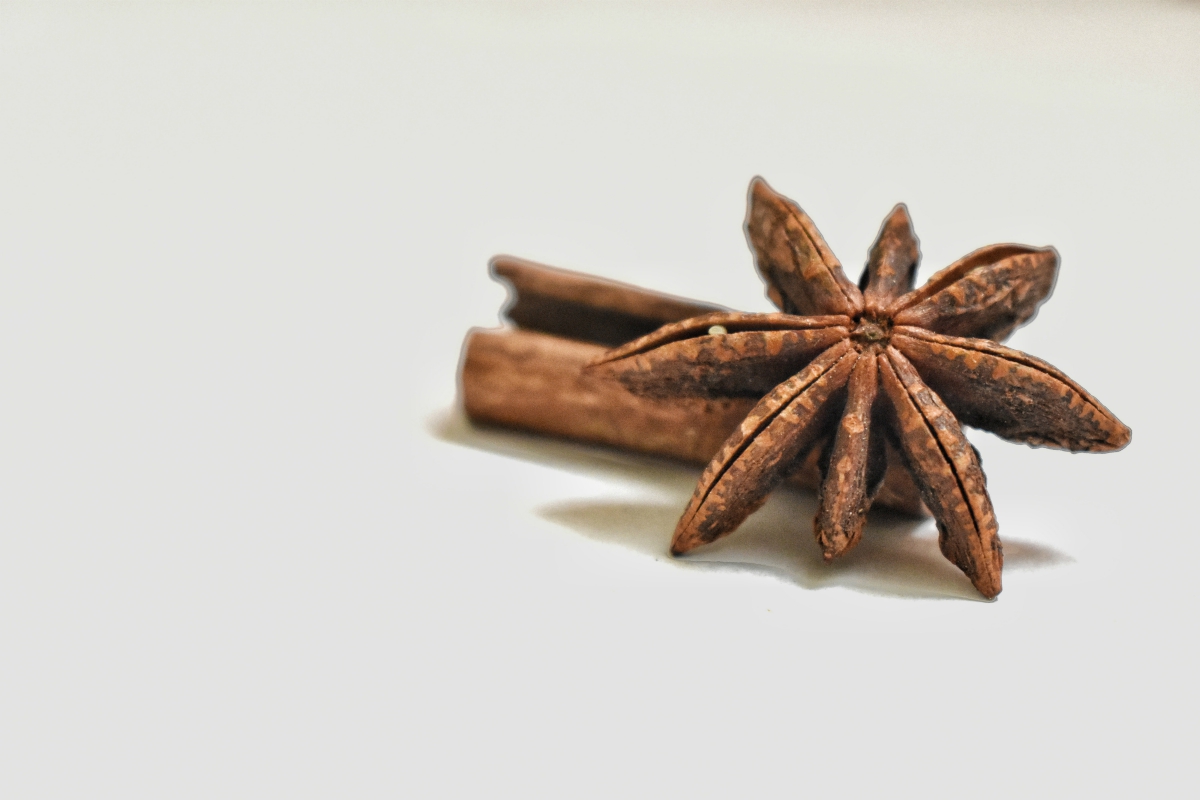
Star anise has a sweet flavor, but it’s usually used in meat dishes. The taste is somewhat similar to licorice, so its sweetness blends with savory dishes in quite a unique manner.
If you’re a fan of pork, we recommend that you try Chinese Asado, which is usually spiced with star anise. The meat is usually marinated and cooked for a long time, which makes the pork soft and delicious!
6. Cloves
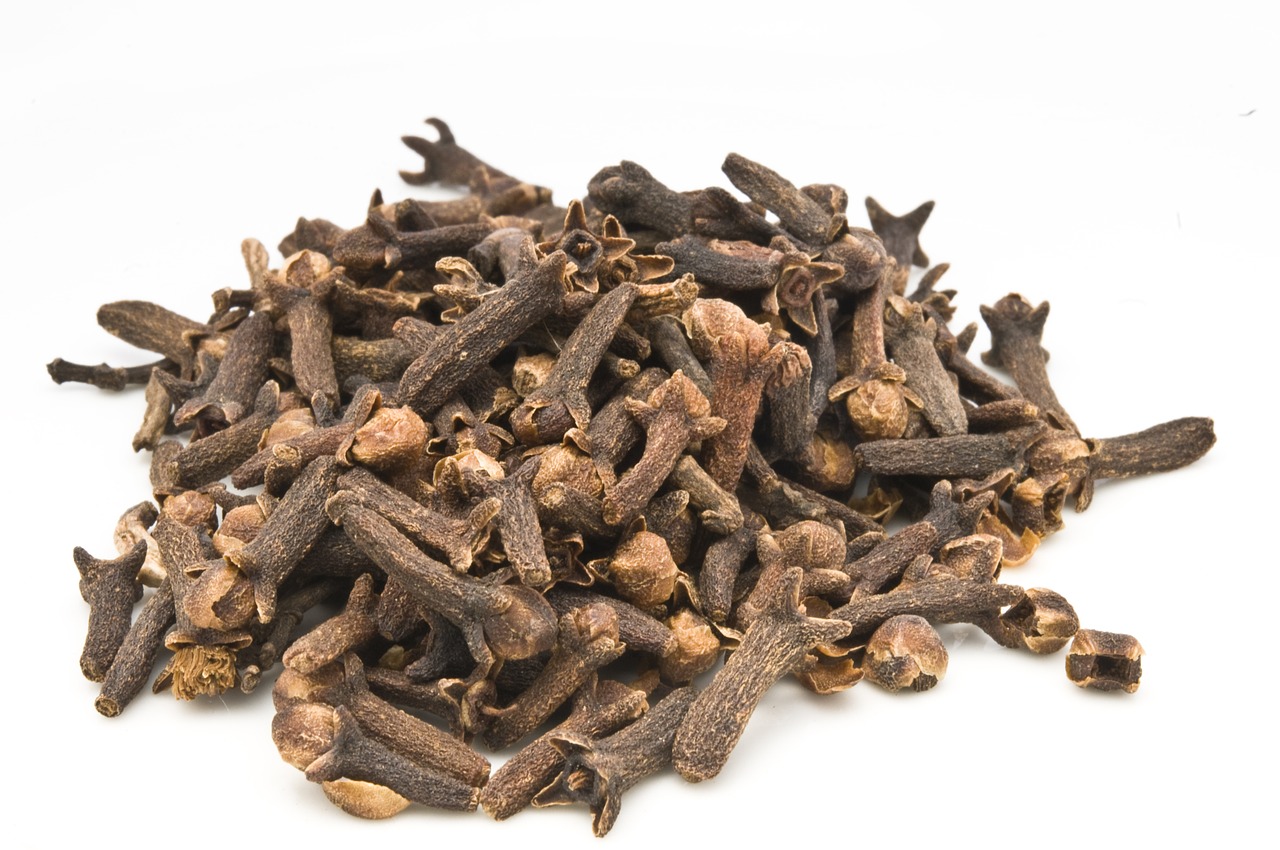
You’ll notice a pattern here – even though Westerners spice their sweet dishes with cloves, in China, it’s the opposite. It’s usually added to meat, poultry, and fish meals, but only in small amounts. Use a small pinch of ground Chinese cloves and you’ll get a delicious tang to go with your dish.
7. Coriander
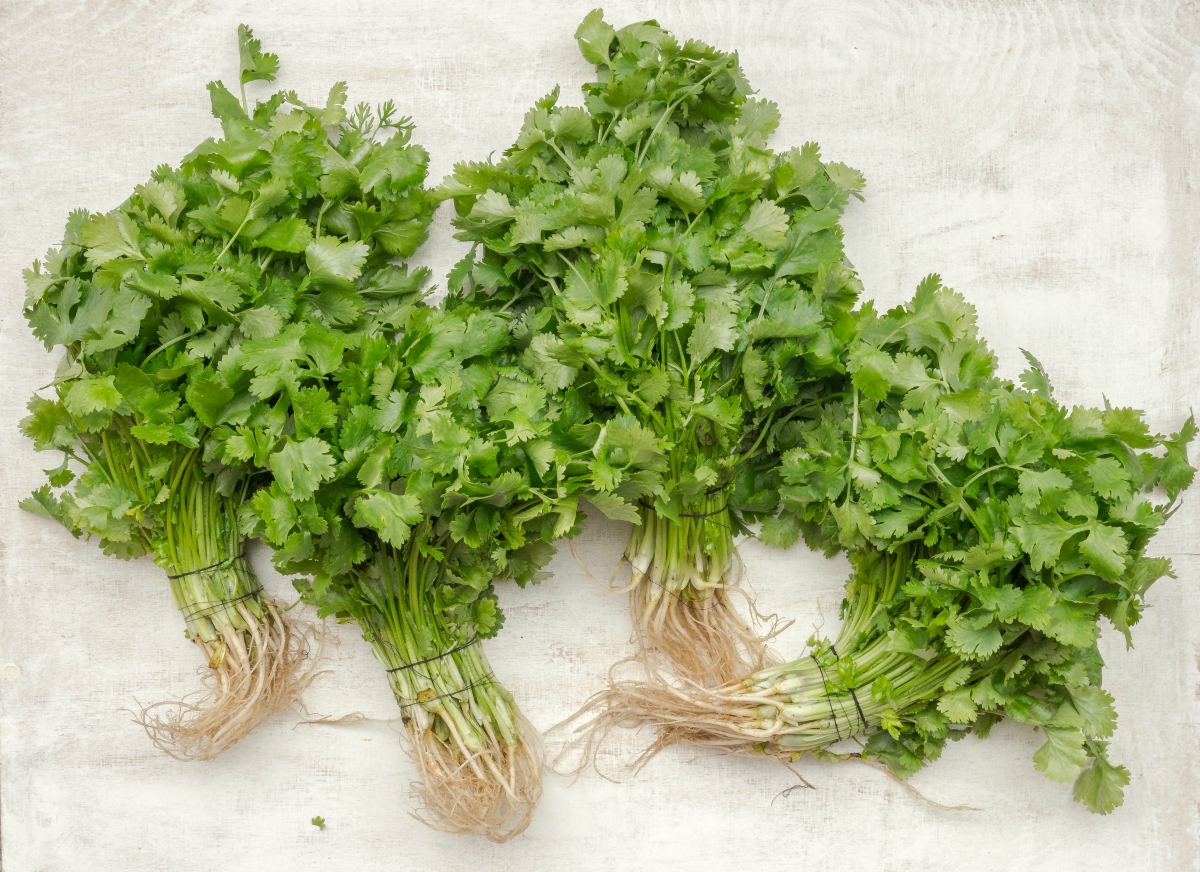
In China, coriander is known as wansoy, and it’s an herb with a very potent flavor that can overtake the entire dish if you’re not careful. In appearance, it’s a little similar to cilantro: it has a fragile stem and soft, curly leaves, but with more rounded edges.
8. Cumin

Ever tried spicing your lamb with cumin? If not, you’ve got to try it. The flavor is out of this world, and we’re surprised that Western cuisine didn’t figure this out yet.
It’s a great spice to add to any kind of meat marinades, and the Chinese believe it has several medicinal properties. Namely, it can ease flatulence and improve digestion.
9. Black cardamom
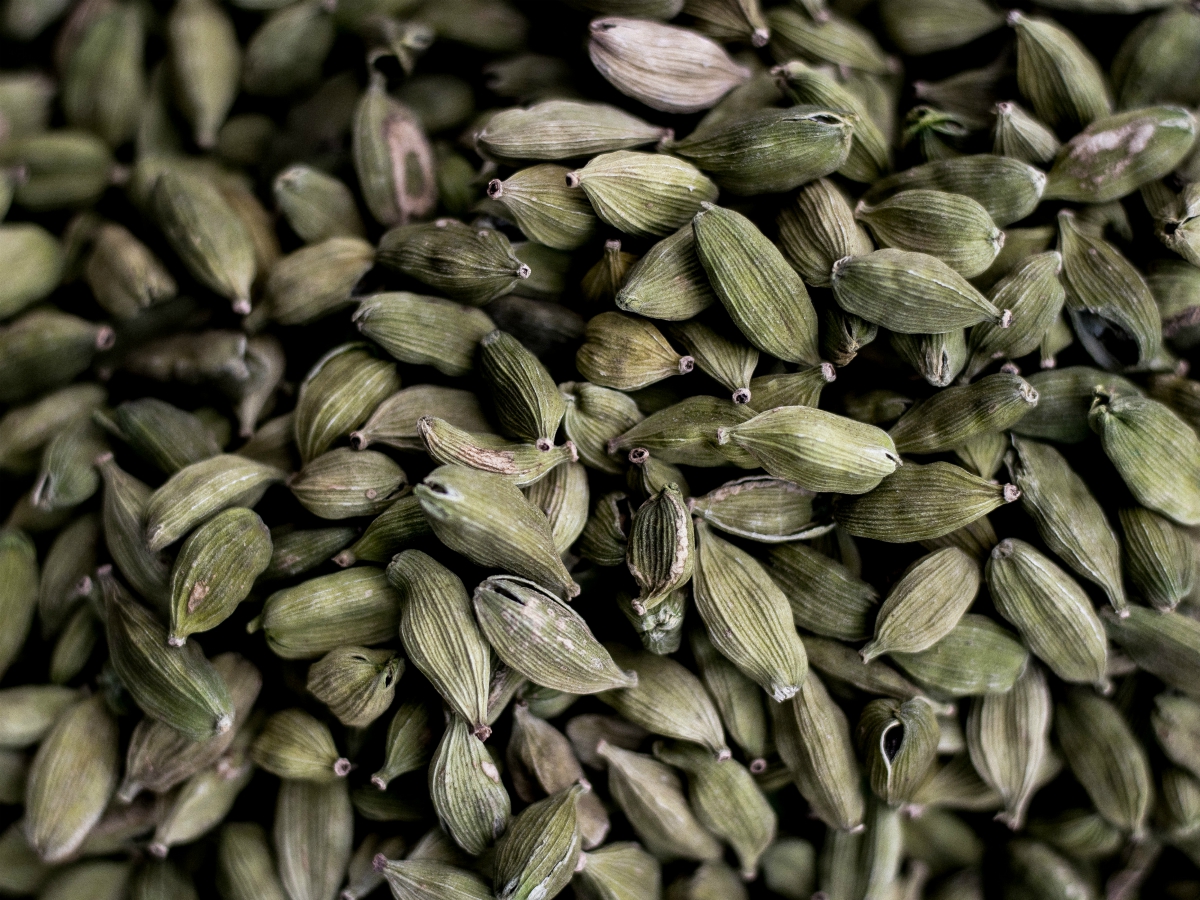
Both black and green cardamom are often used in Asian cooking, though most people know only about Indian dishes. However, in China black cardamom is added to braised beef to give it a slightly smokey flavor.
Be careful – if your recipe calls for green cardamom, don’t replace it with black cardamom because these two spices have different tastes and you won’t get the desired result.
Black cardamom also can’t be used in sweet dishes, unlike green cardamom which can.
10. Five-spice powder
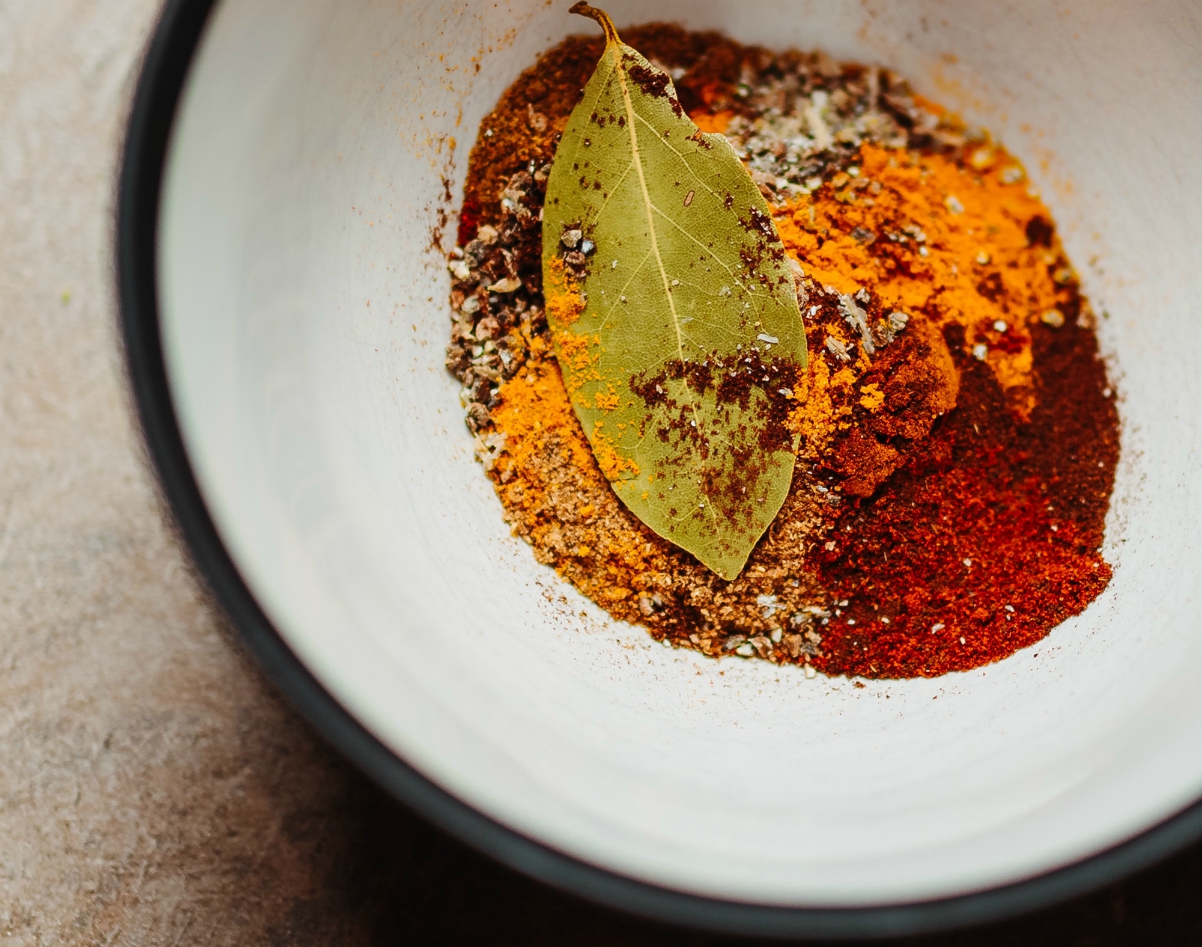
This is the quint-essential Chinese spice. It combines Szechuan peppercorns, fennel, star anise, cinnamon, and cloves, and it can be added to anything from chicken dishes, to egg noodles.
It basically combines sweet, savory, spicy, and earthy flavors all in one, so you need to use it lightly. Adding too much can overwhelm your dish.
Chinese cuisine is flavorful, exciting, and entirely exotic to Westerners. But in addition to being tasty, it’s also very healthy.
We know about benefits of green tea for our wellbeing, and now we can add these herbs and spices to the list! Experiment with them by making Asian dishes, or add them to the Western dishes you know to create your own delicious fusion of cultures.
Hi, I am Ayushi. I am a passionate writer specializing in wellness, lifestyle, and sustainability. I loves crafting engaging content to inspire positive change and empower readers to live their best lives.
